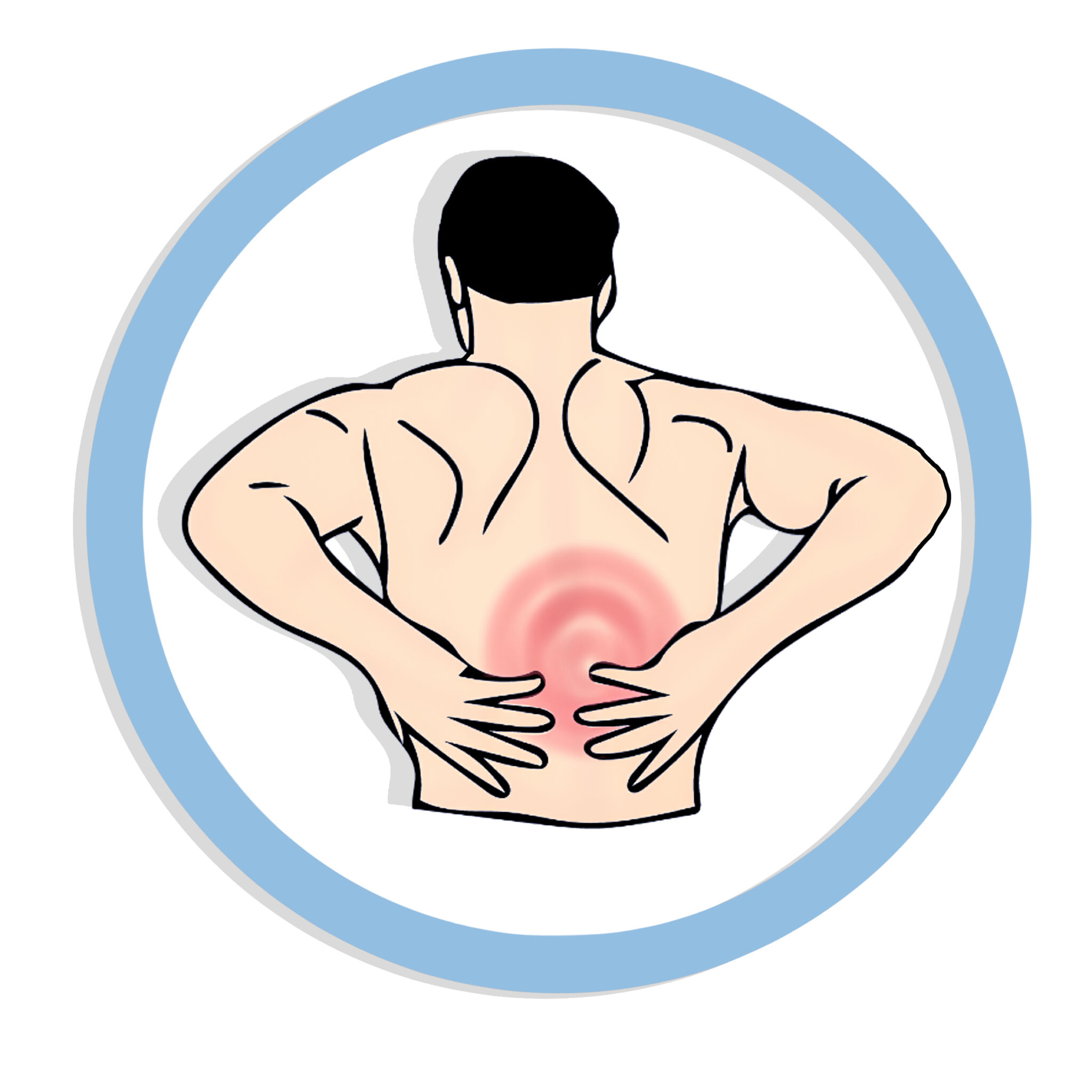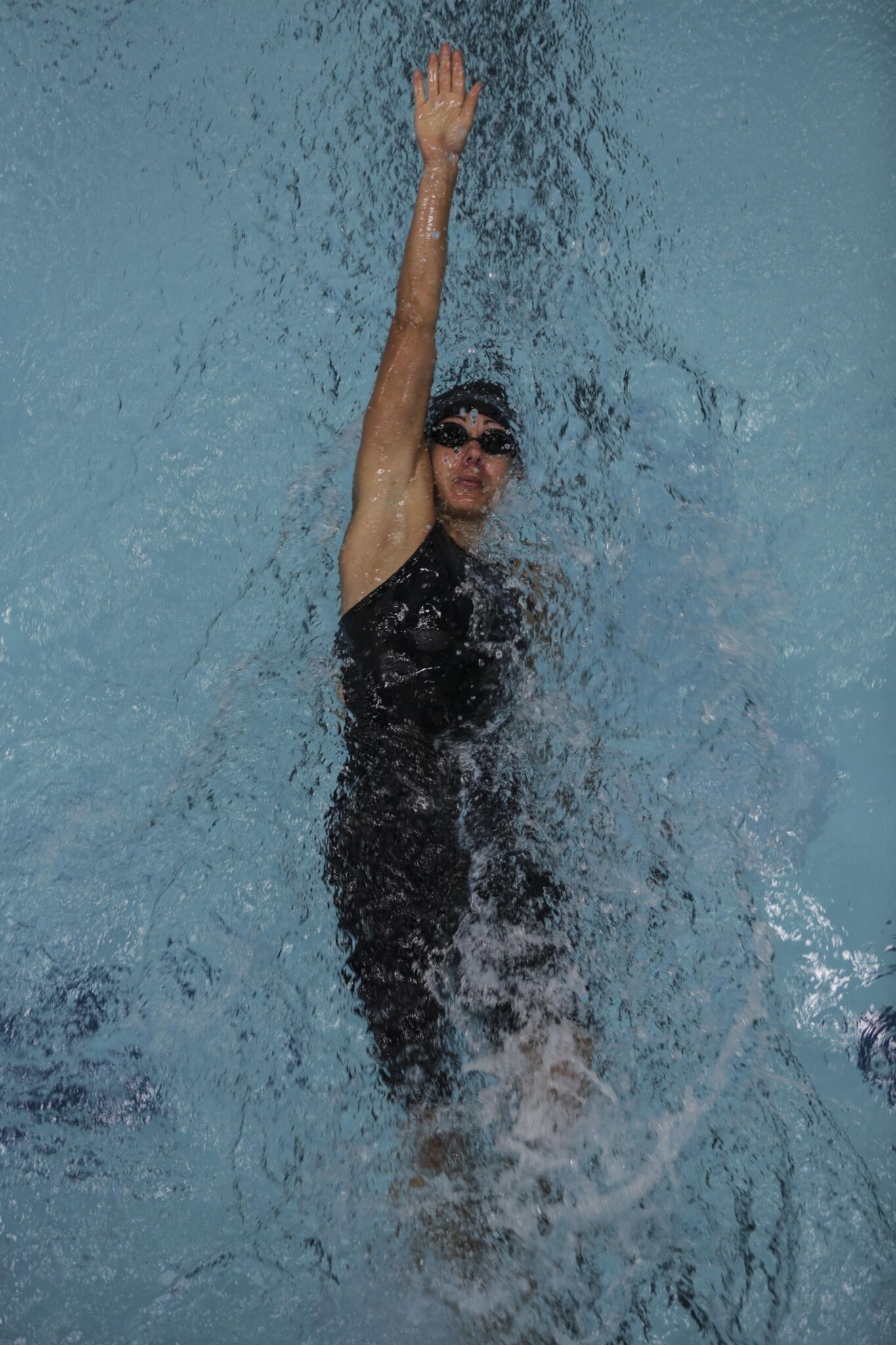Pain therapy and sports medicine influence each other. Sporting activity can cause pain as well as alleviate or eliminate pain. This will be illustrated by two examples.
Supination trauma, also known as twisting of the ankle, usually leads to a painful restriction of movement of the foot and ankle, especially under normal walking loads.
Apart from that, this twisting can affect the movement function of the entire affected leg up to the pelvic area and transition to the spine.
Therefore, a precise manual examination of the legs, pelvic region and spine is necessary to comprehensively assess the consequences of the injury and then to be able to treat it in a targeted manner.
X-rays, ultrasound and, if necessary, an MRI examination are additional ways of confirming the diagnosis in my daily practice.
If the injury is a simple ligament injury, I usually prescribe an ankle orthosis for stabilisation and functional relief and a decongestant.
In difficult forms of injury such as a fracture and/or multiple ligament tears, a walker or even surgery may be required.
In some patients, articular dysfunctions in the entire leg but also in the pelvic region (sacroiliac joint) have to be treated.
In some cases, interventional pain management procedures are required for definitive pain management. Physiotherapy and proprioceptive movement training then allow for full recovery.
Lifting a heavy object, e.g. a crate of mineral water, from a bent posture can lead to lifting trauma.
This usually leads to a painful restriction of movement in the transition area of the lumbar spine and sacrum, also called the sacroiliac joint.
This functional restriction can also trigger a lumbosacral facet syndrome.
First of all, the functional restriction or articular dysfunction in the sacroiliac joint should be specifically diagnosed by manual medicine and treated promptly if the neurological tests (including Slumb, Lasegue) are unremarkable.
In the case of conspicuous neurological tests, MRI imaging of the lumbar spine may be necessary.
This enables an exact clarification of possible structural causes (herniated disc, narrowing of the spinal canal or spinal nerves, intervertebral joint arthrosis).
If there is also a painful restriction of movement of one or both hip joints, in my experience X-ray imaging is sufficient to assess the structural changes, e.g. arthrosis.
If the therapeutic measures already carried out, such as manual medicine and medication, do not lead to freedom from pain, interventional pain therapy offers medically sensible alternatives.
The lumbosacral facet block is one of the most common and effective interventional pain therapy procedures. The pain relief achieved in this way creates the prerequisite for a sports-medical training therapy
first under guidance and then under motivated self-direction.
Long-term training therapy on your own, e.g. with backstroke or the cross trainer, stabilises and strengthens the muscular support and movement function of the entire body.
This enables both aftercare and rehabilitation as well as prevention to be carried out in a sustainable manner in terms of sports medicine and pain therapy.





